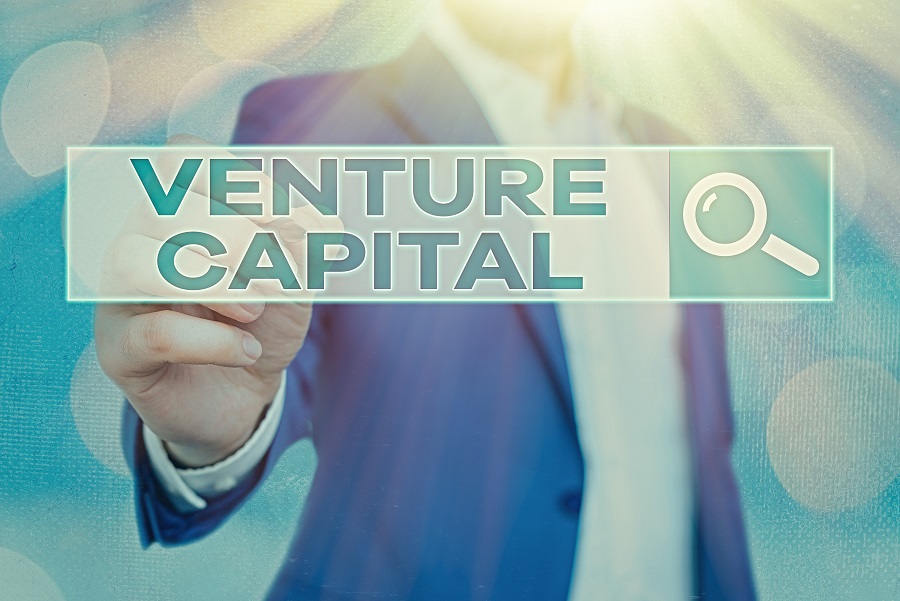If you’re currently the founder or chief executive officer (CEO) of a tech startup in Europe, your experience in attracting venture capital funding would be remarkably different from the one you would have experienced just 10 years ago. In that time, Europe has moved into a position where the continent rivals the US and Asia as a hub for tech entrepreneurship, producing billions of dollars at a rate 15 times higher than a decade ago.
In 2018, there were over 60 European tech companies worth more than $1 billion. Tech hubs are growing beyond the leading triumvirate of London, Paris and Berlin, making the choice of selecting a venture capital firm (VC) for early stage capital in Europe increasingly complex. So building a strategic plan for your fundraising is critical because the process is incredibly time-consuming.
How to make a VC shortlist
In Europe, it is important to look at how the potential firms on your list compare to other European VCs. An early stage, European-founded startup will likely be seeking a European-based VC to lead their early funding rounds because they better understand the challenges of building fast-growth startups in Europe, can devote more time to startups in the same time zone and offer more opportunities for ecosystem networking.
You may also be inclined to reach out to as many firms as possible, thinking that it’s simply a ‘numbers game’ – the more VCs you connect with, the higher the chance of success. But it doesn’t work that way. It is important to connect with a firm that’s a good match and spend quality time making the connection work successfully.
First, get to know the top-tier firms. Top-tier firms regularly and consistently raise funds for investment at a regular pace, have backed successful firms early on and have a credible leadership team, in terms of board positions and their own careers.
Second, understand the VC’s motivations and investment thesis. The startup journey is tough. You want a firm that is on your side through thick and thin – from startup through global growth. Find out what the firm believes in, what motivates them and how they have dealt with adversity.
Perform your own due diligence by reviewing what the firm’s leadership team have written and spoken about in public forums. Does their motivation match yours? Their investment thesis should be clear from their website and portfolio lineup.
Finally, find out if the firm will provide the kind of support you believe you need. Will your potential board member understand your challenges? Do they have prior relevant experience? Outside the partner-to-founder support, do they offer help with other functional areas, such as talent, finance, legal and marketing? Do they offer opportunities for you to meet and network with peers in their portfolio and in the industry? Do they have access to a global network of industry leaders and later stage VCs?
How the Series A fundraising process works
Every VC has its own process for sourcing, vetting and deciding on venture investments. The following section will provide useful advice on how to navigate this process, based on our experiences at Balderton.
What to expect
Fundraising is an important part of most entrepreneurial journeys. If you are an entrepreneur, the standard process followed by many VCs is well worth knowing. While every case is unique, understanding the key stages means you will have a sense of where you really are, what you have achieved and what is left to achieve in order to secure funding.
A good investor will take the time to understand your business, and you need time to see if they are the right team for you too. The following are the eight stages that many VCs will go through.
Stage One: Pre-raise
A good investor will know about you, your company and your market before you speak to them for the first time. Good VCs track services like AppAnnie, Alexa, LinkedIn, GitHub and ProductHunt to spot interesting companies and monitor trends. They also keep up to date with highly rated angel investors, syndicates, seed funds and incubators to ensure they hear about the companies and founders who are impressing other investors they respect.
On the entrepreneur side of the conversation, you can start early too. While you have to build your product and company first, it is worth spending some of your time with investors before you actually need to raise money. Find out where the firm’s partnership is speaking and if they host ecosystem networking events. Get yourself invited.
Related: What kind of startups are VCTs looking to invest in?
Stage Two: Initiation
Depending on the situation, either the company or the investor can start the fundraising process. If you want to make the first move, send a personal note to the investors who you already have a relationship with, indicating that you are thinking of raising money. For those you don’t know, avoid a cold email and either build a quick relationship (e.g. meet in person at an event) or use your network (e.g. angel investors, employees, friends) to get warm introductions.
With that said, some of our most successful investments have come through a cold email, so if all else fails, that method can work. Do not offer up too much information via email either – it is always more powerful to give your ‘pitch’ in person or even over the phone. Sometimes an investor who has been tracking a company closely (in some cases they are already an investor, in other cases not) will pre-empt a fundraising process. Candidly, this is because they are excited by your company and want to own part of it before it becomes bigger or better known. You need to decide if this aligns with your needs.
Stage Three: Early Process
If a VC is interested, many people at the firm will now get to know you. Expect to go through your presentation two or three times as you meet a combination of partners, principals, associates and analysts. Be sure to know what each of these people do and how they will play into any final decision-making processes.
During these meetings, you will answer a lot of questions on your background, your team and what the company and its products do. Be prepared for people to dig deep into the specific challenges that face your sector. For example, if you run a delivery marketplace, you will be asked about unit economics; if you have built an advertising technology company, you need to know what Google and Facebook are doing; and if you are the CEO of an open core software company, you will be asked about your engagement with developers and your conversion rate to premium software.
After you have run this gauntlet of questions, your answers will be reported back to the firm. An internal discussion, sometimes enhanced by external expert opinions, will take place. Ultimately, this results in a decision of whether the VC wants to dig deeper.
Stage Four: Deep Process
More than one partner usually gets involved at this stage – usually just two, but sometimes (in smaller firms) all of the partners will participate. You will be expected to go into significant detail, so make sure you know the finer points of your company and your market. The objective of this stage is to really get to know each other. If an investment occurs, you may work together for many years to come, so it is important for both sides to get a feeling of how that could work. Articulating goals, hopes and concerns is important – it is much better to have these priorities understood and agreed upon at this stage, rather than run into issues with them further into the relationship.
Typically, there will also be a lot of third-party due diligence, and the investor will probably ask for references – both on the founders as individuals and from customers and partners of the company. Meanwhile, the partner you’re spending the most time with will be preparing a lengthier investment memo or dossier that contains all the information that has been gathered, along with his or her view on each aspect.
Stage Five: Partner Meeting
You will then be invited to meet the whole team. This may be done over video conference, but usually it will be face-to-face and – wait for it – you’ll do your pitch again. Expect many questions. Many of these are factual in nature in order to understand the product and the company, but many are also intended for the potential investor to better understand you, your team and your personalities. The way you answer the question is as important as the answer itself.
Feel free to ask your own questions. You should already know one of the partners extremely well, but what do you think of the rest of the firm? At the heart of a great investor–entrepreneur relationship is a mutually respectful, two-way dialogue. Today is the day to start that dialogue.
Stage Six: Term Sheet
Assuming you impressed the team at the partner meeting and the firm has decided to invest, you will be issued a term sheet. A term sheet is a high-level document that sets out the proposed investment, the valuation of your company, the terms pertaining to the investment and what you can expect from the firm in addition to financing.
If everyone is happy, all parties sign the term sheet, indicating that they want to participate. You’re almost done!
Stage Seven: Post-Term Sheet Diligence
This part of the process is highly detailed but straightforward. The diligence will involve lawyers, accountants and security, identity and technology experts who will ensure that everything you represented during the early part of the process was accurate. Assuming you didn’t lie, you should have nothing to worry about. Minor misunderstandings are common and usually cleared up quickly. In parallel, longer documents will be drafted to detail the basic terms contained in the term sheet. Lawyers lead this part of the process, but it is key for both the entrepreneur and the VC to remain engaged.
Stage Eight: Close
When diligence is completed and no major questions have been raised, the documents will be signed, and the cash will be wired. This is when it starts to get really interesting…
This content is taken from the second edition of Yes Business Can from Lloyds Bank and Bank of Scotland – a collection of expert articles from a range of trusted sources offering information and inspiration on starting, growing and exiting a business. The new second edition has been updated with chapters on cyber risk management, women in business and integrating sustainability into your business strategy.






